The National Digital Architecture Framework (abbreviated as the National Framework) serves as the technological and institutional backbone for the country's digital transformation process.
With the goal of connecting all agencies in the political system, the National Framework identifies common components, core platforms and unified technical standards, helping to share data, exploit digital resources effectively, avoid duplication of investment, and ensure safety and network security nationwide.
The issuance of the Framework also aims to enhance transparency in governance, promote open data, strengthen accountability and encourage the participation of people and businesses in national governance.
The framework is applied uniformly in agencies of the Party, National Assembly , Government, Vietnam Fatherland Front, Ministries, branches and localities, and is an important reference document for organizations and businesses in implementing digital architecture in line with the general development orientation.
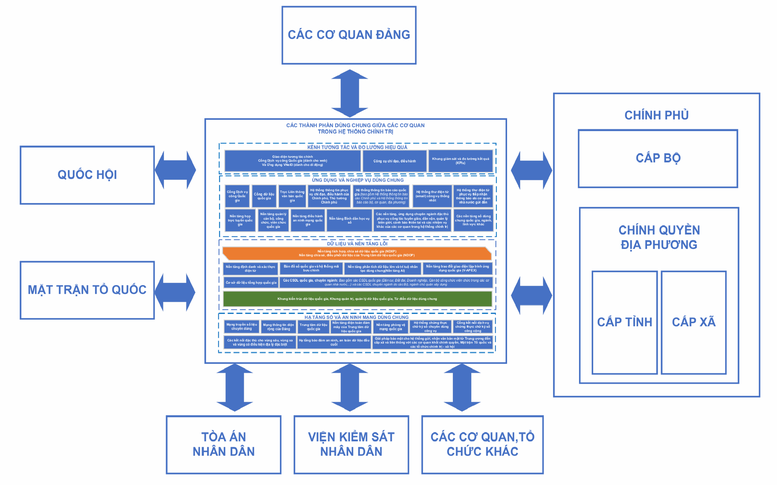
The model generalizes the components shared among agencies in the political system.
The vision of the National Framework to 2045 is to turn Vietnam into a developed digital nation with self-reliance in core technology, in which the digital economy accounts for 50% of GDP and becomes the main driver of sustainable growth.
By 2030, the Framework sets out a series of specific targets, including 100% of eligible administrative procedures being provided with full-process online public services; all records and results of administrative procedure settlement being digitized; full-process online public services applying artificial intelligence (AI) and information systems being connected and sharing data via a national integration platform. At the same time, Vietnam strives to train basic digital skills for at least 10 million people, support 1 million small and medium-sized enterprises in digital transformation, contributing to increasing labor productivity by at least 15%.
The national framework establishes seven core principles that represent a strong shift in thinking from “administrative management” to “development governance”.
The first principle is that results-based governance must aim for real, measurable results that improve the satisfaction of citizens and businesses.
Other principles include: Leadership, direction, and management based on real-time data; smart and automated operations with priority given to artificial intelligence applications; strong decentralization and delegation of authority on digital platforms; user-centricity with a unified service ecosystem; ensuring information security and network security as a prerequisite and throughout; and promoting open data development, enhancing transparency and accountability.
Modern design principles such as open API, Security by Design, Modular Design, Cloud First, AI First and Data Centric are thoroughly applied, ensuring scalability and adaptability to new technologies such as AI, Blockchain, IoT or 5G/6G networks.
The national framework is designed according to a 4-layer functional model including shared digital infrastructure and network security, core data and platform, shared applications and operations, and effective interaction and measurement channels. In particular, digital infrastructure is the basic foundation with a national data center, dedicated data transmission network, cloud computing platform and national network defense system. The data layer and core platform are the center of the entire system, including national databases on population, land, enterprises, civil servants; national data integration and sharing platform (NDXP), AI platform and electronic identification and authentication platform. The shared application and operations layer includes the National Public Service Portal, Document Interconnection Axis, National Reporting Information System, online meeting platform and unified management and operation applications. The final layer is interactive channels such as the National Public Service Portal, VNeID, dashboard system and real-time KPI indicators that help managers make data-based decisions, while creating a favorable and transparent interactive environment for people and businesses.
The implementation of the National Framework is divided into three phases.
The 2025-2026 period is the foundation building phase, focusing on completing infrastructure, standardizing data and issuing digital architecture frameworks at ministerial and provincial levels.
The 2027-2028 period is the period of integrating and completing specialized platforms according to national architectural standards, ensuring data connectivity nationwide.
The 2029-2030 period aims to optimize and smarten up, develop a national digital ecosystem, apply AI and big data in operations, and provide smart and seamless public services.
The national digital architecture framework is not only a technical tool but also an important institutional foundation to ensure synchronization in the comprehensive digital transformation process of Vietnam. The issuance of the Framework clearly demonstrates the leading role of the Ministry of Science and Technology in policy creation, promoting innovation and technology orientation, towards a unified, transparent, smart and efficient national governance, where people and businesses are truly at the center of the digital national development process.
Source: https://mst.gov.vn/ban-hanh-khung-kien-truc-tong-the-quoc-gia-so-dat-nen-mong-thong-nhat-cho-quoc-gia-so-phat-trien-197251012230515277.htm


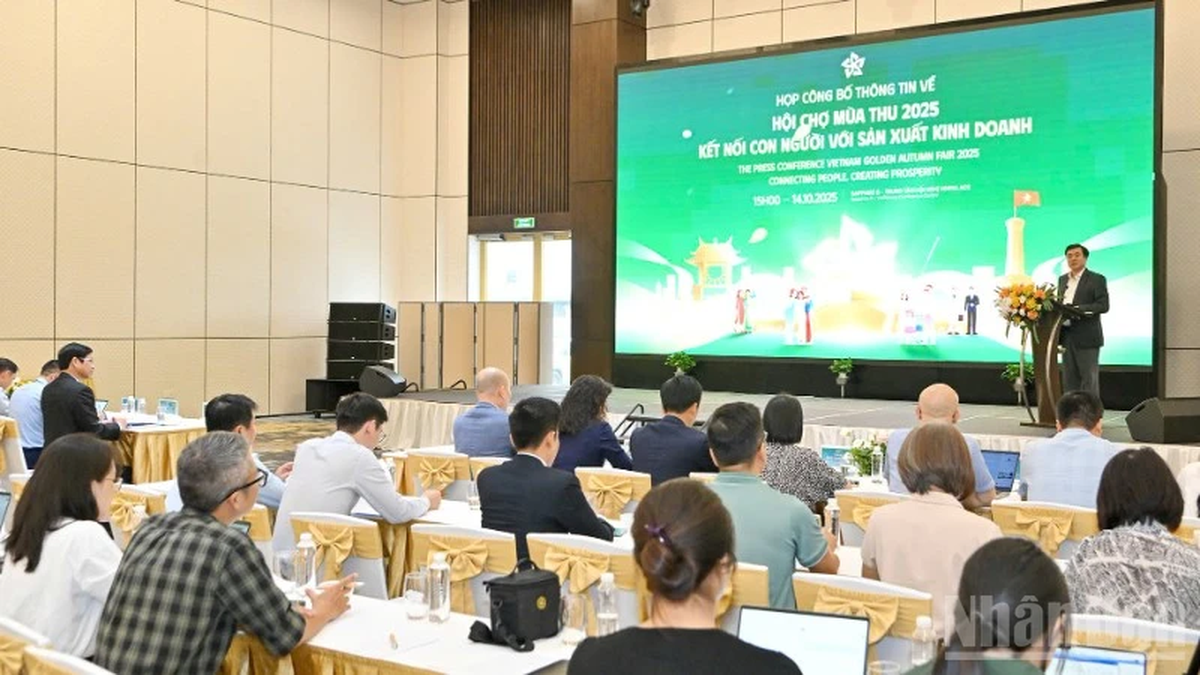

![[Photo] Ready for the 2025 Fall Fair](https://vphoto.vietnam.vn/thumb/1200x675/vietnam/resource/IMAGE/2025/10/14/1760456672454_ndo_br_chi-9796-jpg.webp)





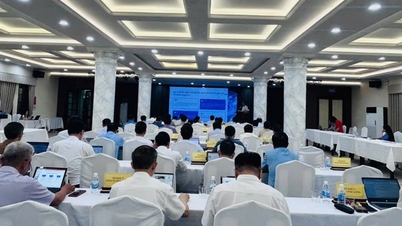


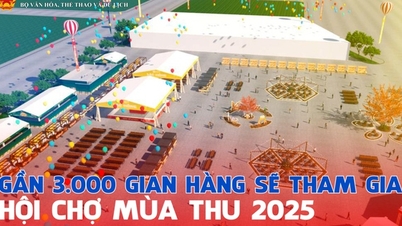
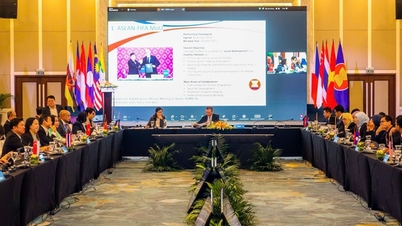
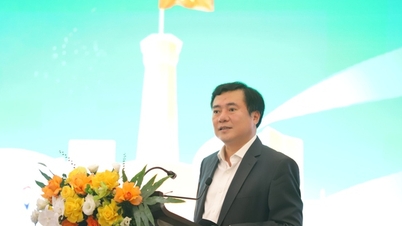




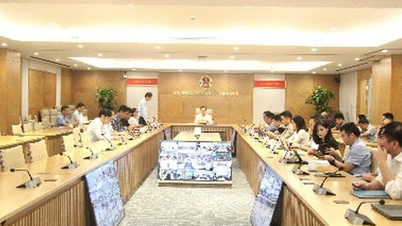
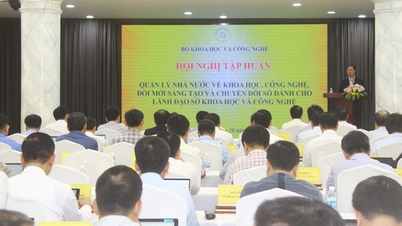

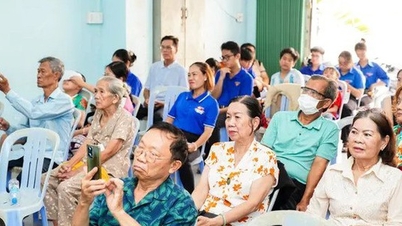









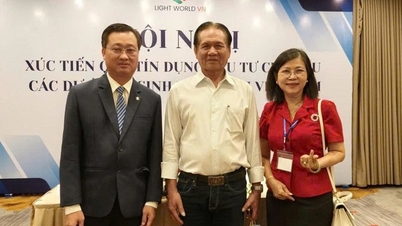

















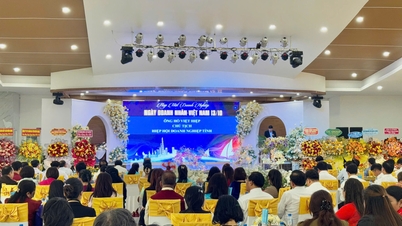
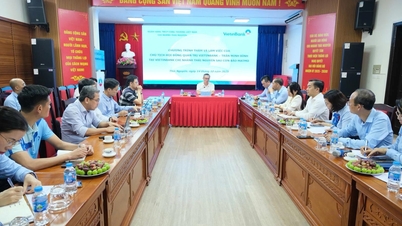
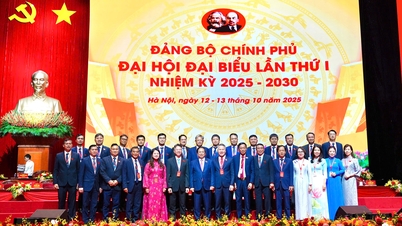
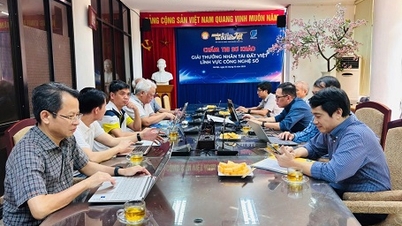














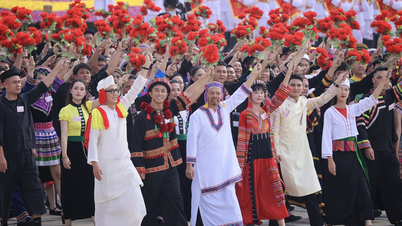


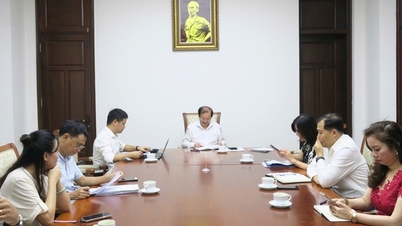
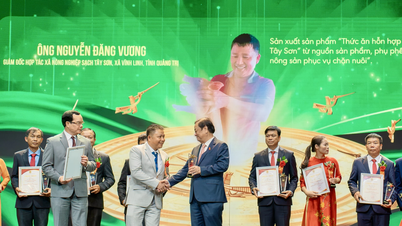
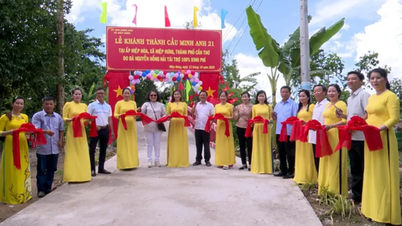

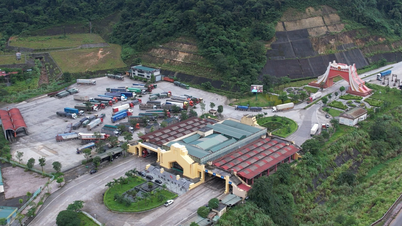



















Comment (0)